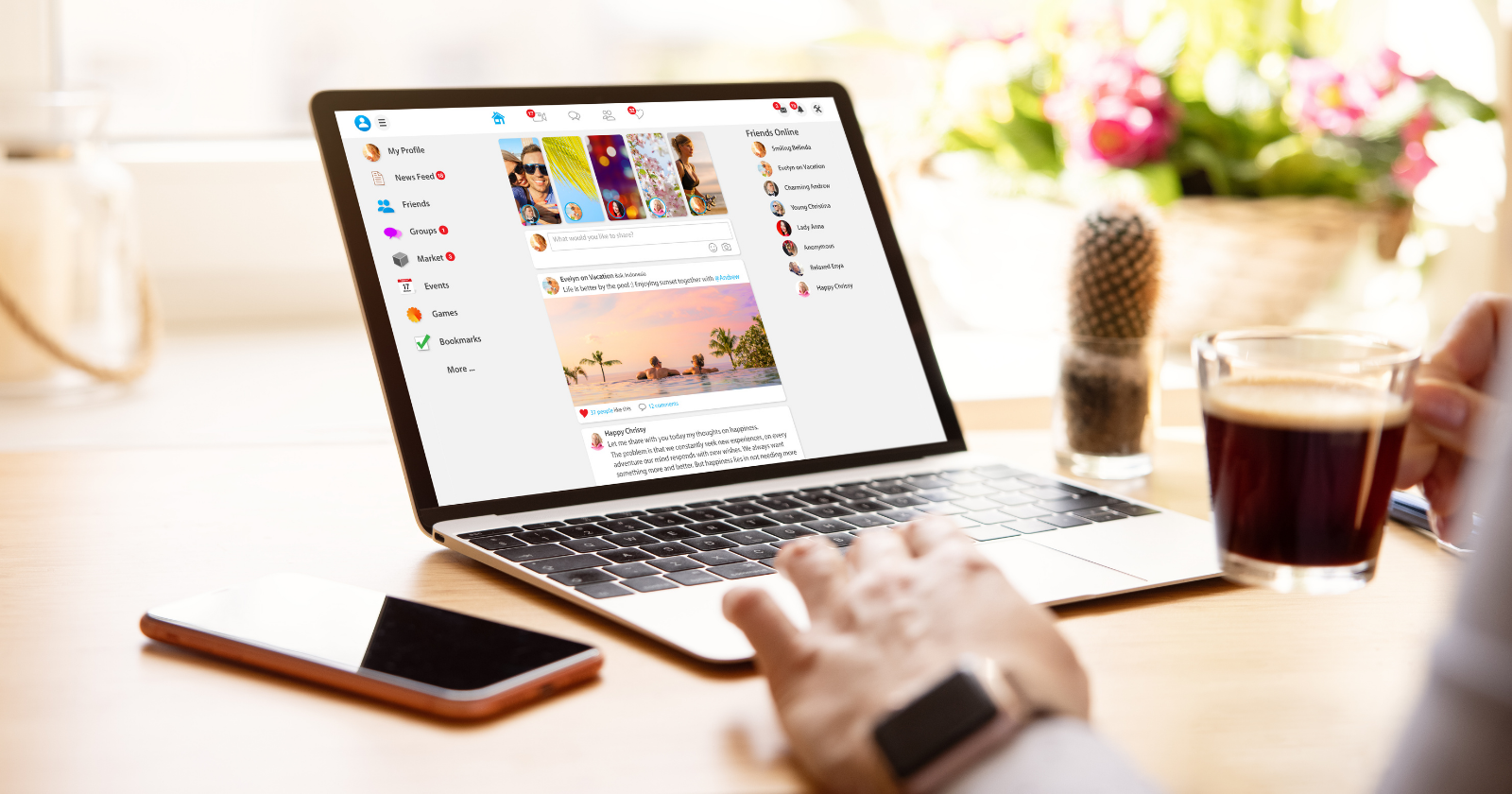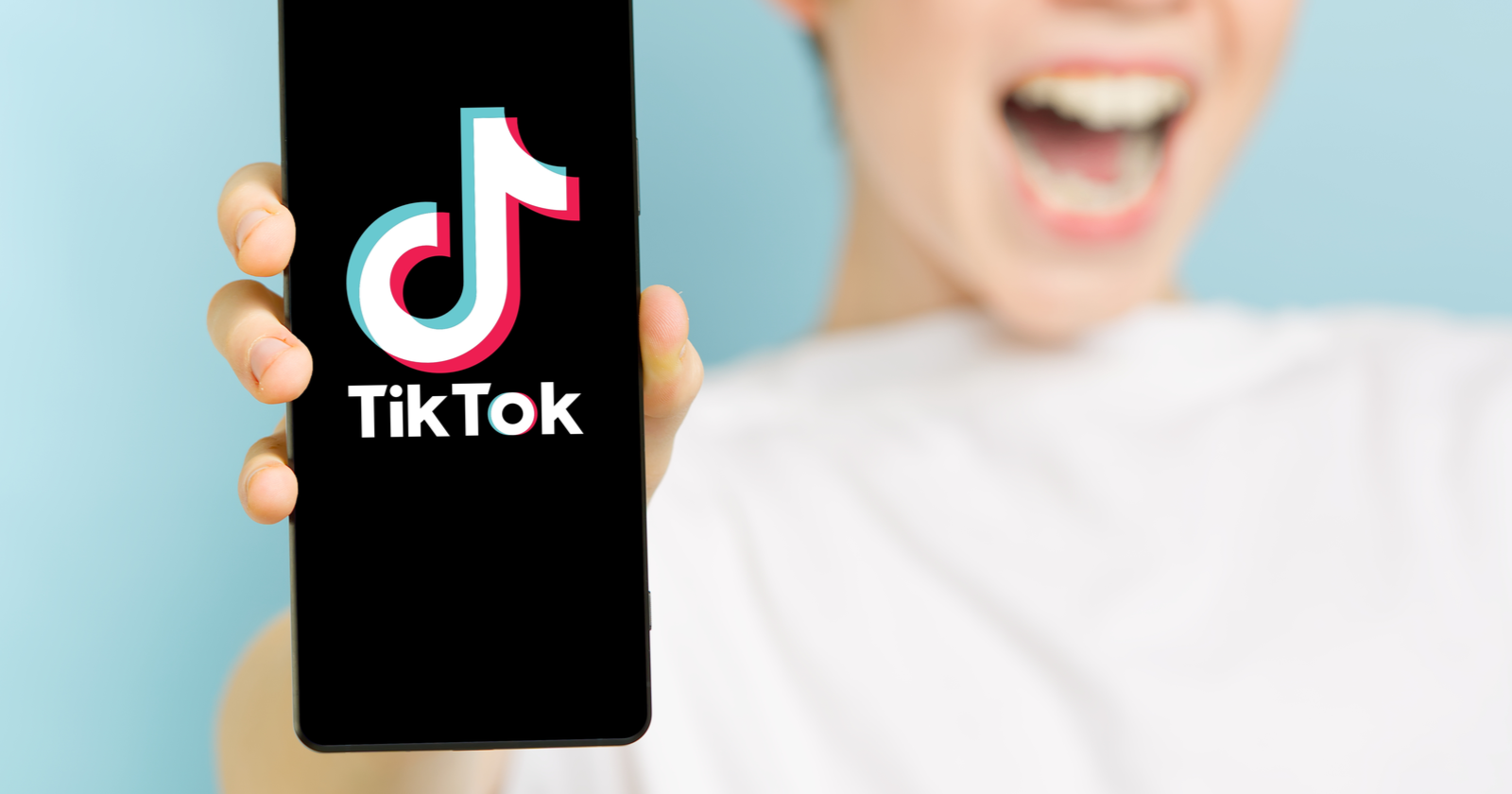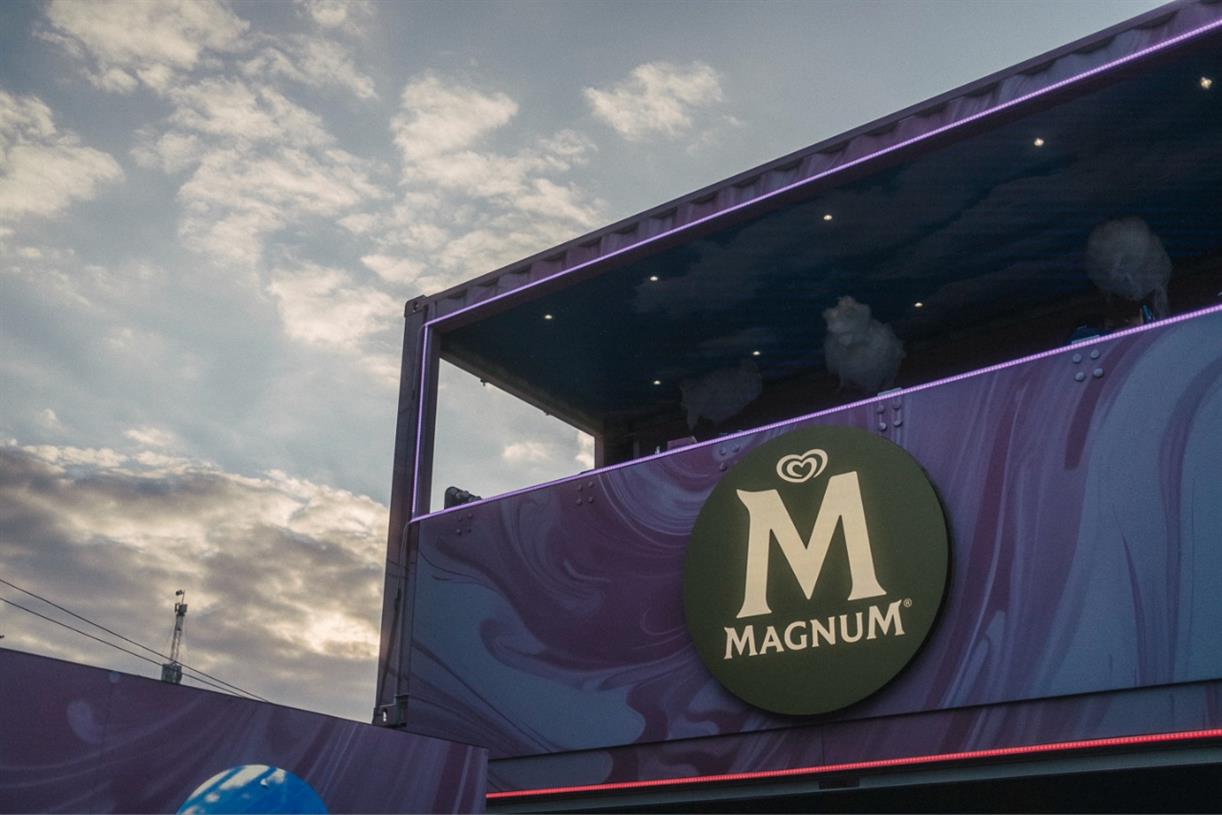6 Perfectly Preventable Ways Facebook Ads Tend To Go Wrong via @sejournal, @kristileilani
Are your Facebook Ads campaigns in need of a facelift? Make sure you aren't holding yourself back with these common mistakes. The post 6 Perfectly Preventable Ways Facebook Ads Tend To Go Wrong appeared first on Search Engine Journal.

Recent data shows that Facebook attracted 2.93 billion active monthly users. in Q1 2022, making it the social media platform used most around the world.
However, even though Facebook is the most popular social media platform, it doesn’t mean your ads will reach millions of people.
Nor should that be your goal, since that would expand past your budget and you’d end up targeting audiences who wouldn’t resonate with your brand.
How can you carve out an influential audience and customer base on Facebook?
Let’s take a look at some common mistakes that hurt ROI and how to avoid them, as well as some Facebook ad campaign strategy tips.
Jump to:
Deciding Facebook Is Not Suited To My CompanyHaving The Wrong Campaign ObjectiveNarrowing Down Into Too Wide (Or Too Specific) Targeted AudiencesUsing The Wrong Ad TypeNot Measuring ConversionsNot A/B TestingConclusion1. Deciding Facebook Is Not Suited To My Company
Some companies may choose to write off Facebook altogether since they may think it might not be best for their brand and complicated to incorporate or manage. But this would be a mistake.
Another reason brands may disregard Facebook Ads is because they believe it’s too expensive, but with a realistic budget and smart strategy, that’s far from the truth.
If your brand is considering Facebook ads, then it’s valuable to start by breaking down what your budget for Facebook Ads would be, including taking time to understand the different campaign potentials.
There are three crucial aspects of a Facebook campaign to consider when planning, such as the daily budget option, lifetime budget, and overall campaign budget optimization.
As we stated earlier, companies may think that Facebook ads aren’t for them because they might not be compatible with company branding for both B2B and B2C companies.
But both company types are sure to reach their target audience if they take the time to cultivate a strategy and get a bit creative.
For B2B brands, companies may believe their ads won’t attract professionals because the ad would appear on social media.
If this is a concern, then you might want to try lookalike audiences which are audiences that may be interested in your brand outside of the initial target audience.
A lookalike audience has the potential to broaden the scope of your audience and reach more businesses or individuals you didn’t initially consider.
This is a strategy to extend your reach through Facebook algorithms which have the ability to monitor multiple touchpoints as people and companies interact with Facebook.
The Facebook Lookalike Audience is the main feature that can help you connect with more people with similar qualities as your intended target audience.
This capability looks at what pages people like and interact with as well as their interests.
You can get more engagement with your content by adjusting it to answer questions they may have to engage with the audience on a topic, then creating additional supporting content to generate more engagement and traffic.
Then, based on this engagement, you can create a lookalike audience on social media.
For B2C companies that think they are more traditional or have non-digital products, it’s still a great way to build an audience and engage with individuals who may want to purchase your product.
It also builds brand authority to have a presence they recognize when searching for your product on social media.
You can create excitement, trust, and general interest that can turn into leads and long-term customers.
Whether you want sales or traffic, Facebook ads can be an effective tool, and Facebook makes the process more accessible through its algorithms and simple ad platform.
Now, let’s dive into strategy and objectives a bit more.
2. Having The Wrong Campaign Objective
The beginning of every strategy is setting your objective, and then you can decide the milestones and resources required to achieve it.
Facebook divides these objectives into three categories: awareness, consideration, and conversions.
If your goal is brand awareness, then you want to get people interested in your product or service through your ads and get them excited about your brand.
What makes your brand unique? What problem or problems does it solve? How can you best reach people, so they connect your product or service to your brand each time they see it?
Consideration is where you want to entice people to learn more about your brand and seek more information.
Get them intrigued to visit your website to learn more and potentially generate leads. Get people to like, comment, or message your brand to learn more.
Conversion, of course, is getting more sales. That strong and creative copy that prompts your call to action so they make a purchase.
Your objectives can change over time, but it’s crucial to select one objective for each campaign to evaluate its effectiveness since each strategy will have different goals and milestones.
Within the three groups, there are thirteen campaign objectives:
Store Traffic Reach Brand Awareness Traffic Engagement Lead Generation Video Views Messenger Catalog Sales Conversions Event Response Page Likes App InstallationIt’ll be essential to evaluate and consider each one to make sure you’re making the most out of your Facebook ad strategy.
It can seem overwhelming, so testing a few different ones may be the correct route for your brand.
After some practice, you’ll be able to see which ones are giving you the results you’re looking for, especially if you test multiple objectives over time.
Another vital component of setting a brand’s objectives is aligning the company’s objectives with its needs.
Correctly completing this aspect can help you optimize your budget, efforts for bidding options, and ad unit options.
Now we talked about milestones, and unfortunately, some companies wrongly measure their success simply through page likes or only consider a high click-through rate, but there’s more to it than that.
There are numerous platforms to analyze the analytics, which will get into a bit later.
3. Narrowing Down Into Too Wide (Or Too Specific) Targeted Audiences
Defining your target audience is key.
Even though you picked your objective, you still need to specify your audience, and it can be a bit tricky to make sure it’s not too large or too small.
You want to make sure your content targets audiences interested in your ad, and one of the best ways to do this is to create a customer profile of someone you would like to attract to your brand. This profile should be all-encompassing.
While it’s good to start with age, gender, income, marital status, and education level, you want to go further into what their hobbies, values, and interests are as well.
To really connect with people, you’ll have to consider more detailed factors to create your content for your ads.
Even though you establish a customer profile, you don’t want to go too narrow and target solely based on an office type, job title, or daily budget.
On the other hand, if you go too broad, you can target people who wouldn’t be interested in your brand and spend more money retargeting.
To solve this conundrum, here are some tips for the best way to build your audience for Facebook ads.
Let’s talk about content.
Focus on the different order for each ad, and try to tell a story through each iteration.
How will the customer journey evolve for each ad you present? And what is your intention for each ad along the way?
Then, once you’ve selected your audience and started your campaign, you can use the audience insights to better target people and redefine your reach. And, you want to observe how the audience is interacting with your page and content.
Additionally, you can layer different audience components such as their interests to reach more audiences in each ad.
It’s important to keep in mind some changes Meta is making to Facebook Ad Targeting for 2022.
These changes revolve around how brands connect with audiences based on health causes, sexual orientation, religious practices and groups, and political beliefs.
People were concerned with data privacy, especially when it comes to ad targeting, and Meta has made changes to resolve this issue.
However, Meta may also make further changes down the line, so it’s essential to keep these shifts on your radar.
4. Using The Wrong Ad Type
There are numerous ad types you can use on Facebook. These include pictures, infographics, videos, carousels which are multiple images or a video, and product displays such as a collection.
Once you figure out your objective, audience, and the way in which you would like your customer journey to unfold, it’ll be easier to select the ad type that will work best for your campaign.
Then, over time as you measure and track engagement for different pieces of content, you’ll be able to see which types resonate best with your audience.
Make sure to check the requirements for each format type since there are different view options based on a mobile device, computer, and small pop-up ads.
Also, it’s important to consider how your audience will view your content on each device to make sure it’s effective.
Myth: Assuming You Need To Have A Big Budget For Image/Video
You can create impactful, high-quality ads with simple tools such as Canva, which has preset templates where you can add your brand color and logo, and photos to your ads.
These types of platforms simplify ad creation and are generally cost-effective.
Additionally, you can use the carousel format to give your audience multiple stock photo images to browse through or create a compelling video.
5. Not Measuring Conversions
If you’re not monitoring your campaign or end up abandoning the ad, it’ll be hard to measure its true return on investment to better inform future campaigns.
It’s the only way to really see if your ads are working or find ways to pivot and re-strategize. Don’t let an initial campaign discourage you.
One effective tool to monitor analytics is to use Google Analytics to track various aspects such as consumer location, content, conversions, mobile engagement, and more.
You can check out the guide to Google Analytics here for a step-by-step tutorial.
Facebook will also give you insightful analytics to see the engagement you’re receiving for each ad and how it performs compared to others throughout the weeks.
Additionally, through Facebook Business Suite, you can manage campaigns in one location for both your Facebook and Instagram posts, as well as customize or adjust your campaign.
Check out some additional simple tips for driving more conversions once you have set your benchmark, such as remarketing engagement and other capabilities and experimenting by reviewing your data and retargeting ads.
So, maybe you’ve tried some tactics, and your Facebook Ads aren’t converting. Here are some reasons why your ads may not be converting and some tips to improve.
One reason is that your brand might not have enough audience data yet.
If this is your first campaign or you’re a newer brand, you might need to gather more analytics and comprehensive audience data to target your ads better.
You can accomplish this through Google Analytics, Microsoft Ads PPC, Facebook analytics, surveys, and questionnaires.
You may also need to take another look at your targeting parameters.
As stated earlier, going too wide or too narrow can diminish the effectiveness of your campaign.
You can improve this by redefining the three boundaries: demographics, psychographics, and behaviors.
Additionally, if customers aren’t buying your product or service, it can be impactful to focus on Facebook lead ads.
6. Not A/B Testing
When creating a Facebook ad campaign, it’s crucial not to assume you know what will automatically appeal to your intended audience.
Try completing some A/B Testing, and you might be surprised.
For example, you can make minor changes such as switching the call to action, messaging, or image selection to see which best engages with your audience.
Make sure to use the Facebook Ad Library for comparisons with other brands as well as to see trends and longevity.
Look at competitors’ ads to see what’s working for them within their ad messaging or format to connect with your similar audience.
Timing is also key to ensuring you’re reaching your audience at the right time.
Keep in mind the upcoming holidays that you might want to incorporate into your campaign.
Funnel mapping is also great to see where your audience is going when they go to your call to action.
When you look at the ad journey from the customer’s perspective, you can pinpoint areas for improvement.
Conclusion
When brands take the time to strategize and consider their objective, needs, audience, content type, and ad journey, Facebook ads become a more manageable option.
They are a cost-effective way to engage and grow a brand’s audience and have the potential for a great return on investment.
When you’re just getting into social media marketing, learning from your mistakes is an excellent opportunity for growth. It offers the chance to pinpoint areas for improvement.
Then you can course-correct to better connect with and expand your audience and customer base.
Facebook ads can become an influential tool in a brand’s market strategy.
More Resources:
Facebook Ads For Beginners: FAQs, How To Set Up & Time-Saving Tips Facebook Ads: Who’s Best At Earning The Click & How It’s Done How to Advertise on Facebook: A Beginner’s GuideFeatured Image: Kaspars Grinvalds/Shutterstock

 Konoly
Konoly 































